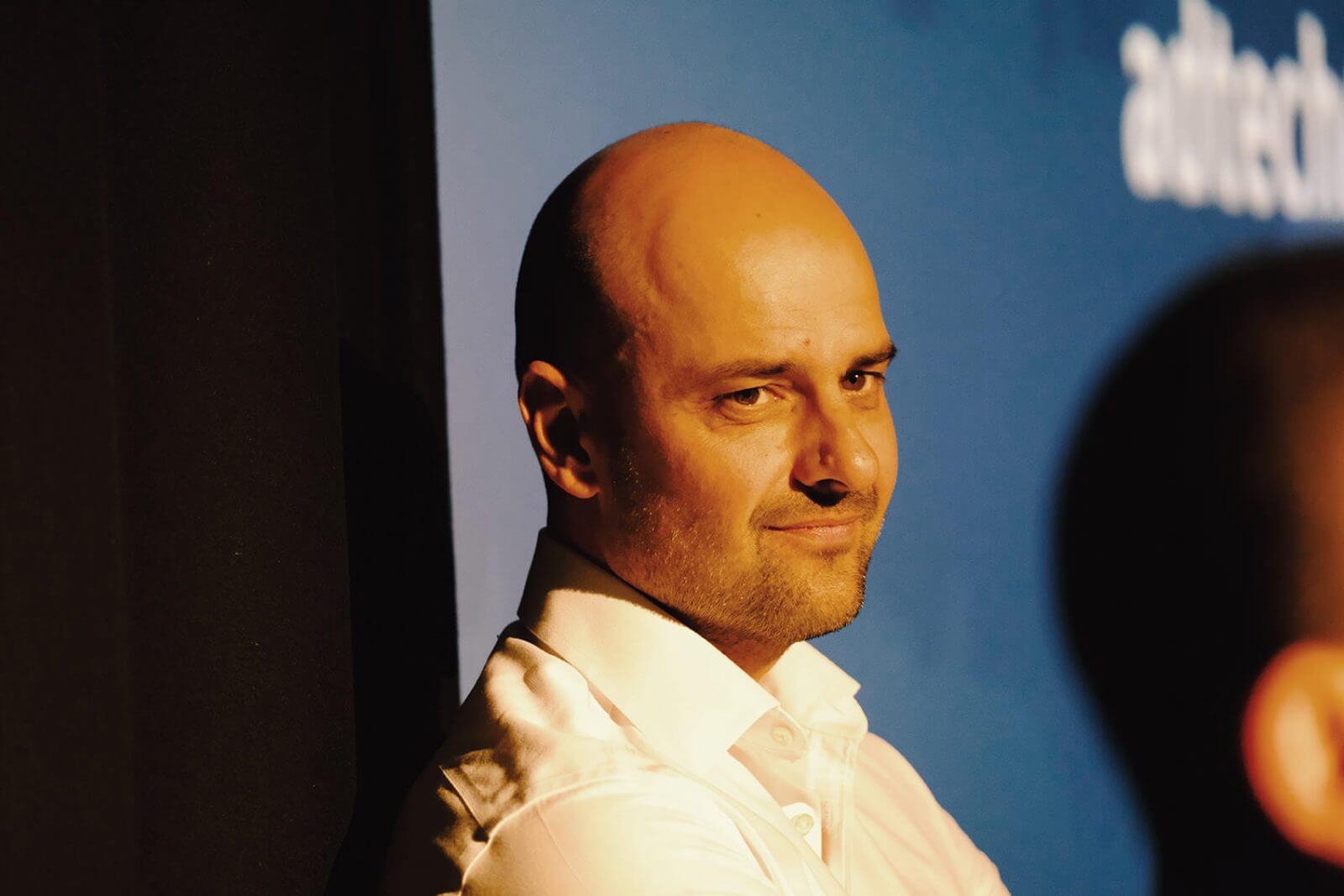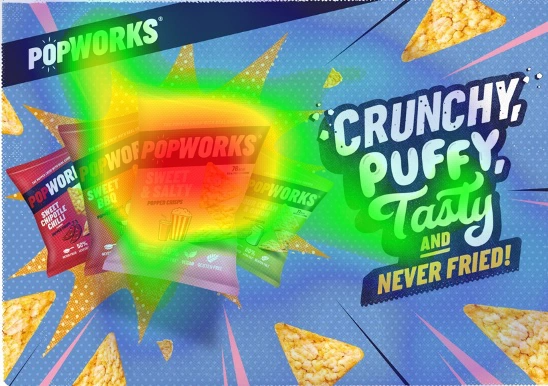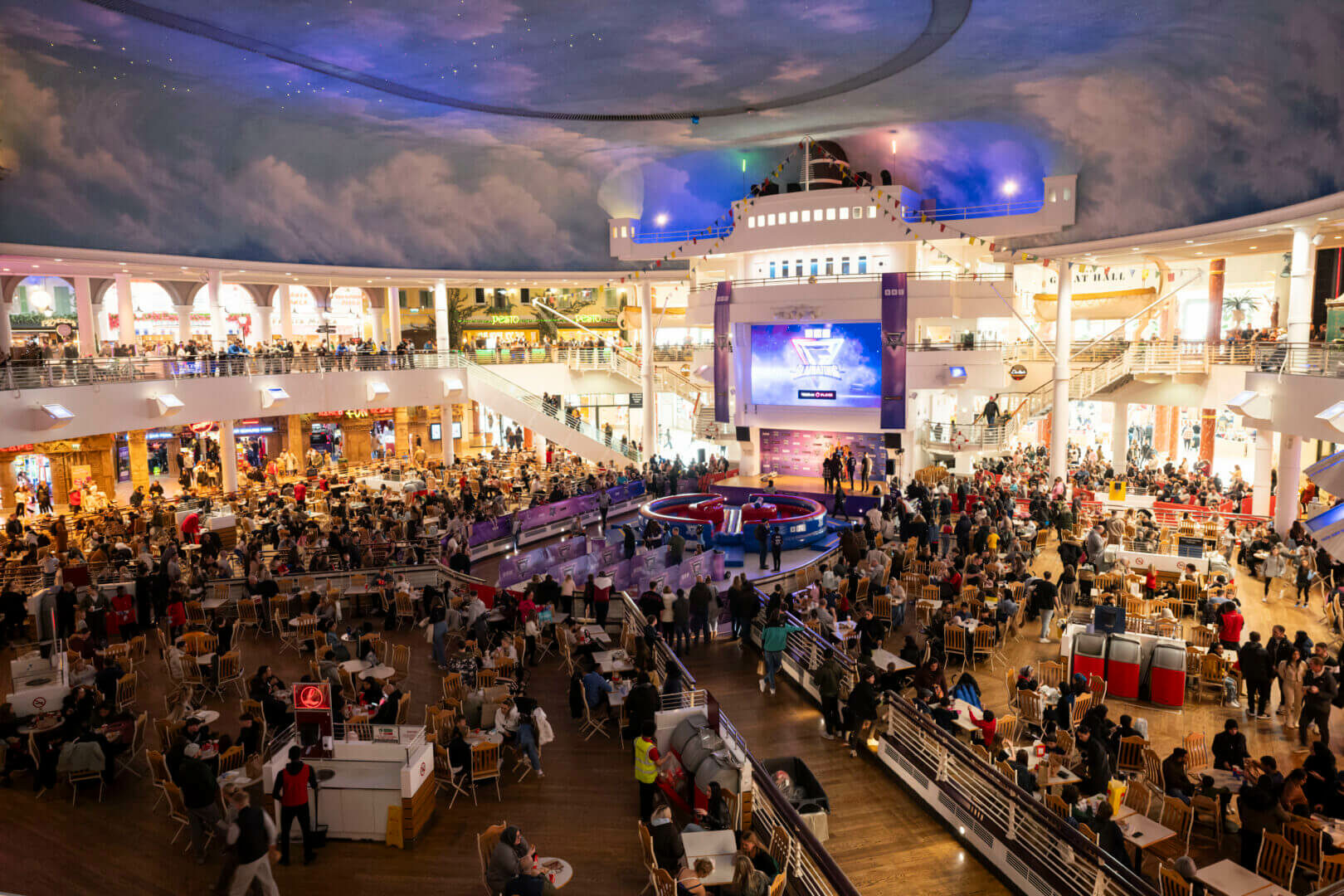Realising our AdTech investment in Out of Home
As Talon’s AdTech platforms continue to develop at pace to reach tangible and scalable delivery, Josko Grljevic – Talon’s CTO – outlines the four-point plan that has delivered transformational and intuitive technology solutions.
CTO in business
The job of a CTO (T=Transformation) in any business can be a tough one, especially with the dubious honour of constantly provoking disruption to drive change and progress. It might not be popular to continuously disrupt the status quo but being proactive and running transformation as a structured undertaking will always deliver a better outcome than doing so reactively or under duress.
The difficulty for a CTO in the OOH industry is that the entire industry is currently under stress to change.
The OOH industry and the businesses that operate in it are prime candidates for this type of proactive transformation as the largely analogue and antiquated trading model strains to compete and remain relevant in a digital world.
At Talon we see this technological revolution as a catalyst to scale the industry in a way that current manual processes simply aren’t able to. The challenge however lies in successfully implementing technologies that genuinely simplify and digitise a complex medium. Unsurprisingly this isn’t easy! When we first began our own technology platforms to simplify and digitise, there was a point where it became clear that they weren’t going to deliver how we expected them to. So, we took the bold move to mothball everything in late 2018 and start again from the ground up. From then on, we have been guided by, and evaluated against four key objectives:
1. Digitise a successful and proven business model
Talon has grown from next to nothing to a projected $500m revenue within six years. We have a wealth of experience, skills and specialised knowledge about OOH advertising which we have built into the core of our platforms, to ensure it could be replicated consistently at scale across multiple markets.
2. Automate and rationalise manual processes
Whilst automation can unlock consistency, predictability and speed, if you aren’t careful you may end up automating inefficiency, creating more inefficiency. To avoid this, we approached this from a business process rather than a tech perspective, evaluating reviewing all of the user journeys and eliminating those that didn’t add value. Only then did we consider wrapping these into code to create reusable services.
3. Create dynamic and intuitive user experiences
Most of the OOH trading systems that I have come across have been non-intuitive, expert systems that require deep domain expertise. The role of the user and machine are inverted, and the user is required to do all the heavy lifting and processing. This is a barrier to entry for advertisers who need to understand and engage with the medium. It shouldn’t work this way. So many other complex industries have managed to make their internal and external customer interactions intuitive and easy to use.
When the engineering team was rebuilt, anyone with prior OOH experience was intentionally excluded. This might seem absurd, but the objective was to bring new ideas and experience from online/e-commerce verticals to enrich the design and user experiences. The strategy was simple. Match deep engineering expertise with Talon’s wealth of specialist business knowledge to create intuitive, technology solutions designed specifically for OOH.
4. Grow the OOH medium as a whole
Overall, if we deliver on the first three objectives, we will be able to make OOH more accessible to more advertisers, enabling the growth of the medium beyond its current boundaries. Breaking OOH out of its self-imposed constraints by digitising the business model and bringing it on-line, will allow the industry to refocus on delivering better value to existing users and to more effectively pursue new customers and revenue streams. In architecting service-based platforms we can create a range of new services that simply aren’t available today.
The proof is in the platforms
Five and a half months after resetting the strategy and aligning our objectives, production ready versions of Plato and Ada, our two technology platforms, were released to internal customers, on time, on budget and with 10% more functionality than originally scoped.
Of our technology platforms, Ada is the brains. Named after Ada Lovelace, a 19th century English mathematician who developed the first “computer” algorithm long before the modern computer was a twinkle in Konrad Zuse’s eye, it enables advertisers to discover and target audience based on observed interests rather than just top-level demographics.
Plato on the other hand is the heart and lungs of the system. An automated trading platform, which aggregates all OOH inventory into a single, intuitive campaign planning and delivery system. It allows users to explore, plan, check availability, reserve and trade paper and digital inventory across multiple markets.
These platforms are best of breed examples of intelligent, service-based architectures which process billions of data points, execute very complex mathematical models and provide real-time insights.
So, what’s in it for advertisers? Well…quite a bit actually.
We’ve reduced the time that it takes to plan and execute an OOH campaign by up to 95%. A host of algorithms make mobile location data more meaningful and powerful, for more customised, targeted and measurable OOH advertising. The full breadth of functionality is available in a single web-based platform, providing access to a vast amount of information at the click of a mouse or as a natural language search, meaning people can engage with OOH much more intuitively than ever before.
The balance of roles has also been restored with complex and heavy lifting tasks now being carried out by the machine and not the user.
What’s next?
If ever there was a university degree in “learning from failure” we would have graduated by with a PhD by now. The positive outcome from our reset last year was that we learnt a great deal about how not to engineer OOH AdTech platforms. Having rebuilt Plato and Ada in record time, guided by our four key objectives, we’re now focused on an even more ambitious roadmap. Plato and Ada will continue to evolve and improve. As they continue to learn, they will provide recommendations for optimising advertising investments, become part of the ecosystem of digital advertising technologies, and enable campaign deployment well beyond the UK market. Talon has almost quadrupled its investment in AdTech since the initial platforms were released. That commitment, along with a fanatical approach to Agile development, means we are releasing new functionality at an accelerating pace.
Our internal and external customers are now realising the benefits of our investments in technology. The task of proactively transforming the business and the industry from the inside out was always going to be a tantalising challenge and that’s why the next 12 months will be a brilliant journey for both Talon and the wider industry.
Check out our Plato and Ada platforms at www.platoada.com/.




